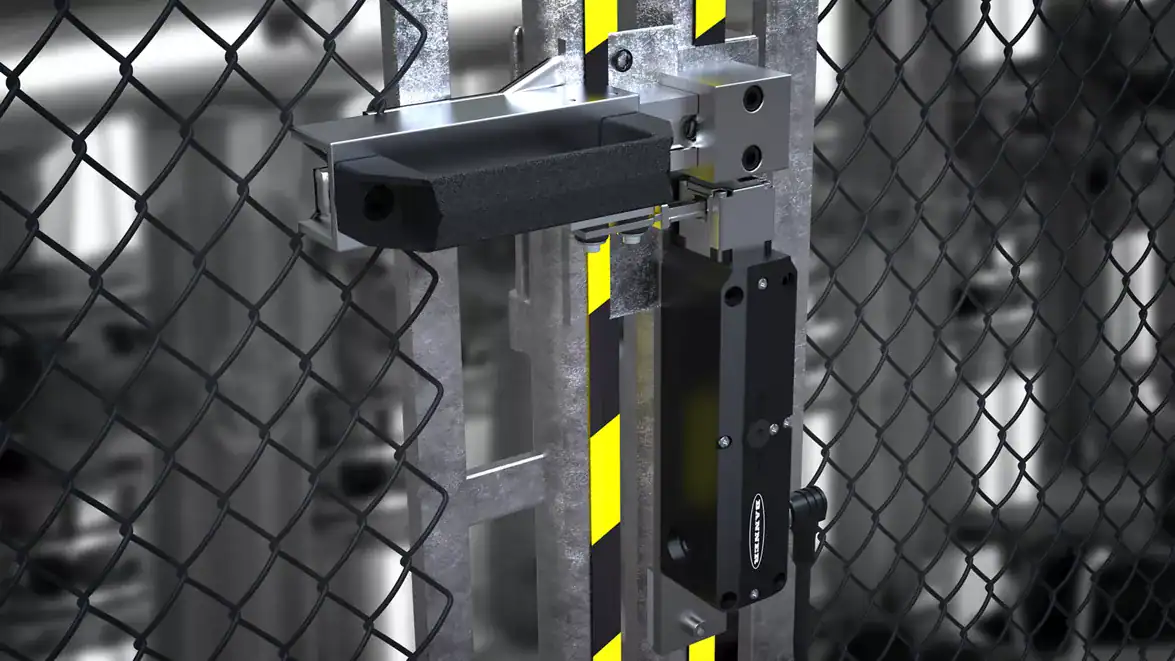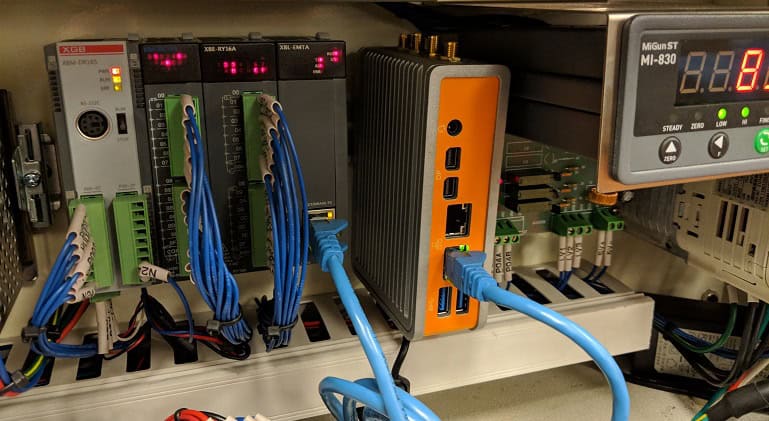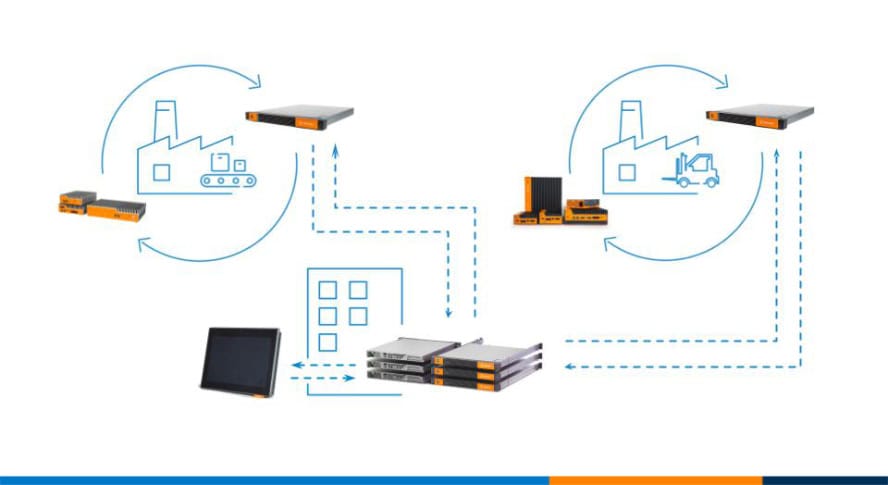Recommended Reading: Frequently Asked Questions about Retroreflective Sensors and Reflectors
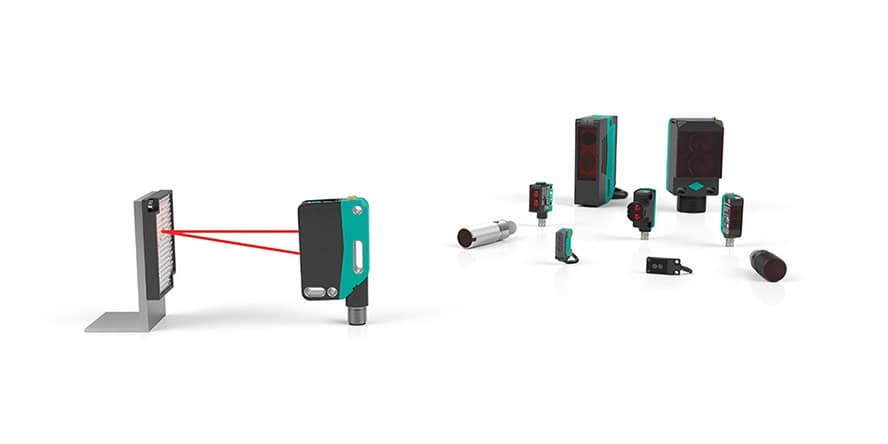
This is an excerpt from a recent educational article by Pepperl+Fuchs:
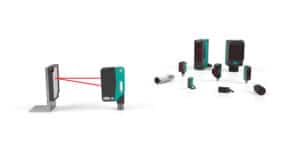 Retroreflective sensors from Pepperl+Fuchs are available in different versions—from models with polarization filters to sensors for detecting transparent objects to variants with foreground suppression and area sensor versions. Typical retroreflective sensors offer a larger detection range compared to diffuse mode sensors. An object is detected when it interrupts the light beam between the sensor and a reflector.
Retroreflective sensors from Pepperl+Fuchs are available in different versions—from models with polarization filters to sensors for detecting transparent objects to variants with foreground suppression and area sensor versions. Typical retroreflective sensors offer a larger detection range compared to diffuse mode sensors. An object is detected when it interrupts the light beam between the sensor and a reflector.
In this blog article, we answer the most frequently asked questions we receive about the use of retroreflective sensors and reflectors.
Retroreflective sensors are photoelectric sensors. They consist of an emitter and receiver in a single housing. The light beam generated by the emitter is reflected back to the receiver by a reflector. Whenever this light beam is obstructed, the state of the sensor’s output signal changes and a switching operation is triggered.







